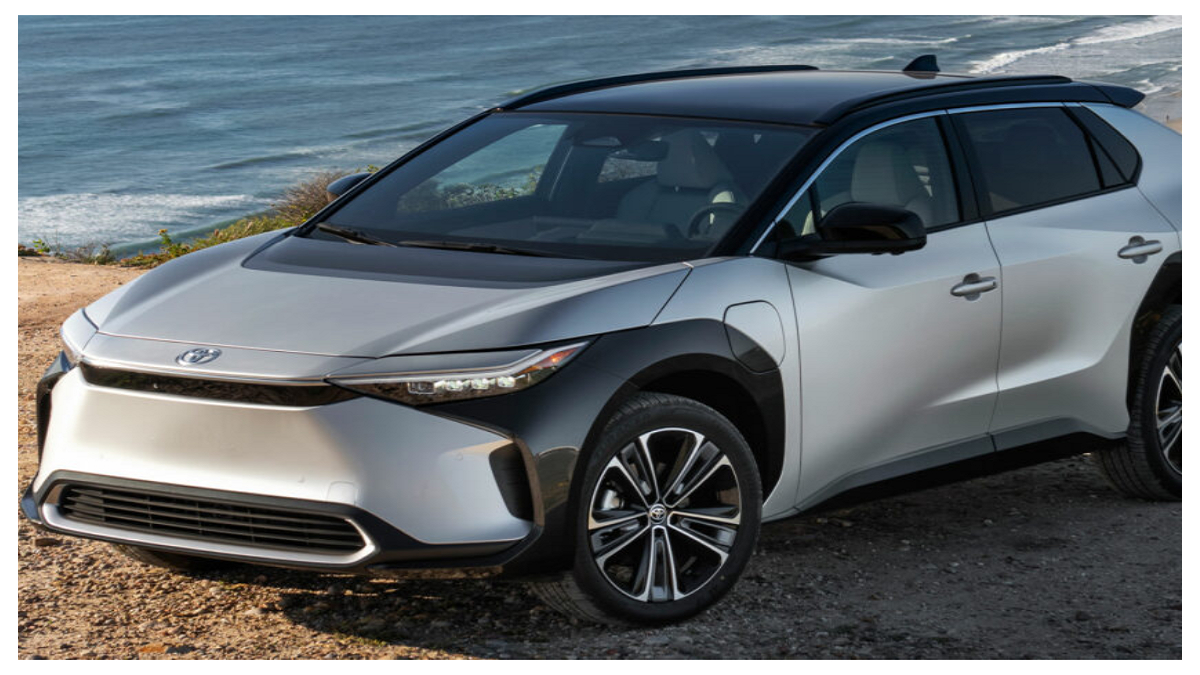In the Toyota Technical Workshop held in Japan, the automobile giant provided insights into the software and hardware developments for its next-generation battery electric vehicles (BEVs). Among these advancements, the highlight was Toyota’s forthcoming operating system (OS), known as Arene, which is designed to enable customization of the vehicle’s “driving feel.”
According to Toyota, the Arene OS will play a critical role in propelling automotive intelligence forward, enhancing customer experience. This OS, originally announced last year for deployment in 2025, is expected to govern over 200 vehicle systems. However, the company has yet to reveal a precise launch date.
Noteworthy features of Arene OS include advanced speech recognition that utilizes artificial intelligence (AI) to deliver swift responses to users, complete with personalized suggestions. Additionally, AI will be used to expedite product development, lending an edge to Toyota’s design process.
A standout feature of the OS is its ability to modify the “driving feel” of the vehicle. Toyota suggests that the BEV’s hardware and software can be adapted to incorporate drive control and clutch functionalities, offering drivers the exhilaration of manual gearbox driving. This aligns with Toyota’s previous unveiling of a “manual transmission” research prototype based on the all-electric UX 300e by Lexus last year, and the AE86 EV, a manual-transmission electric vehicle equipped with a clutch, featured at this year’s Tokyo Auto Salon.
Read More: GM Survey Reveals Growing Interest in Electric Vehicles in UAE and Saudi Arabia
The Arene OS also offers the ability to alter the sound of the engine and the response of the electric powertrain. In addition, it enables the use of the yoke steering wheel in the Lexus RZ through steer-by-wire technology.
Toyota envisions a future where its vehicles are interconnected with a robust infrastructure, allowing for superior real-time traffic data. This is further facilitated by the E-TOSS software, designed to assist logistics firms in planning and monitoring deliveries.
The company also plans to harness its vehicles to automatically generate map data, leading to more frequent updates of 3D maps – daily instead of semiannually. This would help vehicles plan journeys that are safer, more enjoyable, and more energy efficient. This advanced geolocation feature would also enhance “smart parking” and increase the safety of both manned and unmanned vehicles.





















